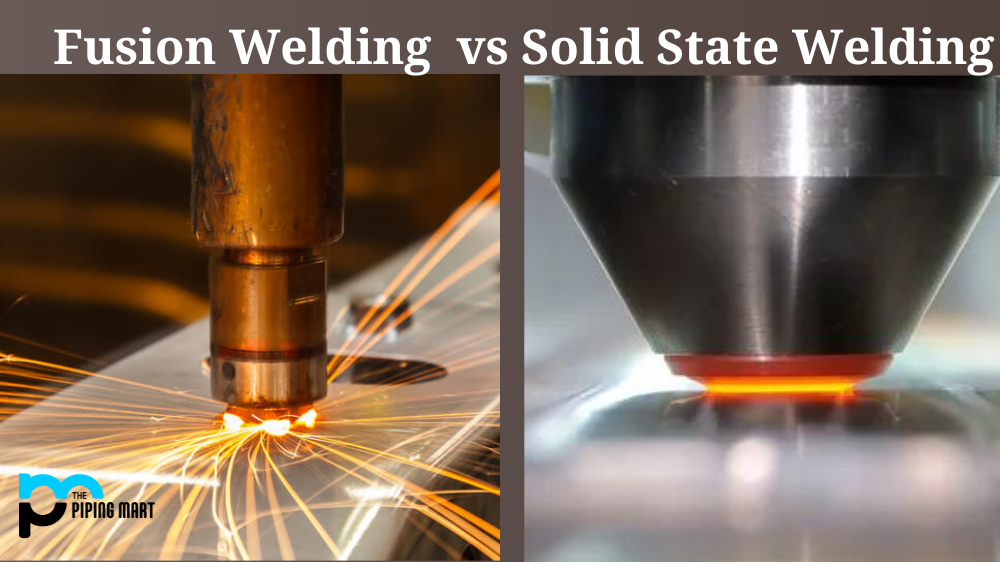Valves are crucial components of any piping system, and they come in different types, sizes, and shapes. One valve type that has become increasingly popular recently is the cavity filler ball valve. A cavity filler ball valve belongs to the category of ball valves and is designed to provide a tight seal that prevents leakage in demanding environments. And that’s why many industries rely on these valves to keep their processes running. This article will discuss the properties, uses, and applications of the cavity filler ball valve.
What is Cavity Filler Ball Valve?
A Cavity Filler Ball Valve is an automated valve that fills the gaps between the body and seat of a pipe with a specialized ball to provide a tight seal. It features an efficient flow and can be used in high pressure applications up to 6,000 psi, making it ideal for use in many industries such as oil/gas, petrochemical, water/wastewater systems, power plants and more.
Cavity Filler Ball Valve Properties:
A cavity filler ball valve is designed to have a unique structure, which gives it a distinct property. The ball valve typically comprises a body, ball, stem, seat, and seal ring. The valve’s seat and seal ring are made of high-quality material such as PTFE, providing excellent sealing properties. The valve’s internal cavity is filled with a sealant resistant to high-temperature and high-pressure environments. The sealant prevents the ball from accumulating debris and also stops leakage.
Cavity Filler Ball Valve Uses:
Cavity filler ball valves can be used in industries such as oil and gas, petrochemicals, chemical, and pharmaceutical industries. The valves can be used for both on/off and control applications, and they are suitable for pipelines that transport highly corrosive and abrasive fluids. Cavity filler ball valves can also be used in processes that require a high degree of cleanliness, such as food and beverage production.
Cavity Filler Ball Valve Application:
Cavity filler ball valves are often used in demanding and aggressive environments. One common valve application is transporting natural gas, crude oil, and other highly volatile fluids. In these applications, the valve provides excellent sealing properties, prevents leaks, and transports fluid safely. Another application of the valve is in chemical and petrochemical processes. In these applications, the valve controls the flow of highly corrosive and abrasive fluids that can damage or corrode the piping system.
How to Use the Cavity Filler Ball Valve:
To use the cavity filler ball valve, you must ensure the valve components are assembled correctly. Turn the valve handle to the open position, and the ball will rotate, allowing the fluid to flow through the valve. When you turn the valve handle to the closed position, the ball will stop the fluid flow, and the valve will be tightly sealed. Ensure you handle the valve carefully, as any damage can reduce the valve’s performance and result in leakage.
Advantages of Cavity Filler Ball Valve:
Cavity filler ball valves offer several advantages over other valve types. They are designed to provide a tight seal that prevents leakage, even in the most demanding environments. The valves resist high temperatures, high pressures, and corrosive and abrasive fluids, making them ideal for demanding processes. Cavity filler ball valves are designed for easy maintenance and long service life.
Conclusion:
In conclusion, cavity filler ball valves are essential components of any piping system that transport highly volatile, corrosive, and abrasive fluids. The properties of the valve, such as its excellent sealing properties and resistance to high temperatures and pressures, make it ideal for demanding and aggressive environments. Cavity filler ball valves are used in different industries, and their applications range from controlling the flow of crude oil and natural gas to regulating the flow of highly corrosive and abrasive fluids in petrochemical and chemical processes.

A passionate metal industry expert and blogger. With over 5 years of experience in the field, Palak brings a wealth of knowledge and insight to her writing. Whether discussing the latest trends in the metal industry or sharing tips, she is dedicated to helping others succeed in the metal industry.




